Small Wonders
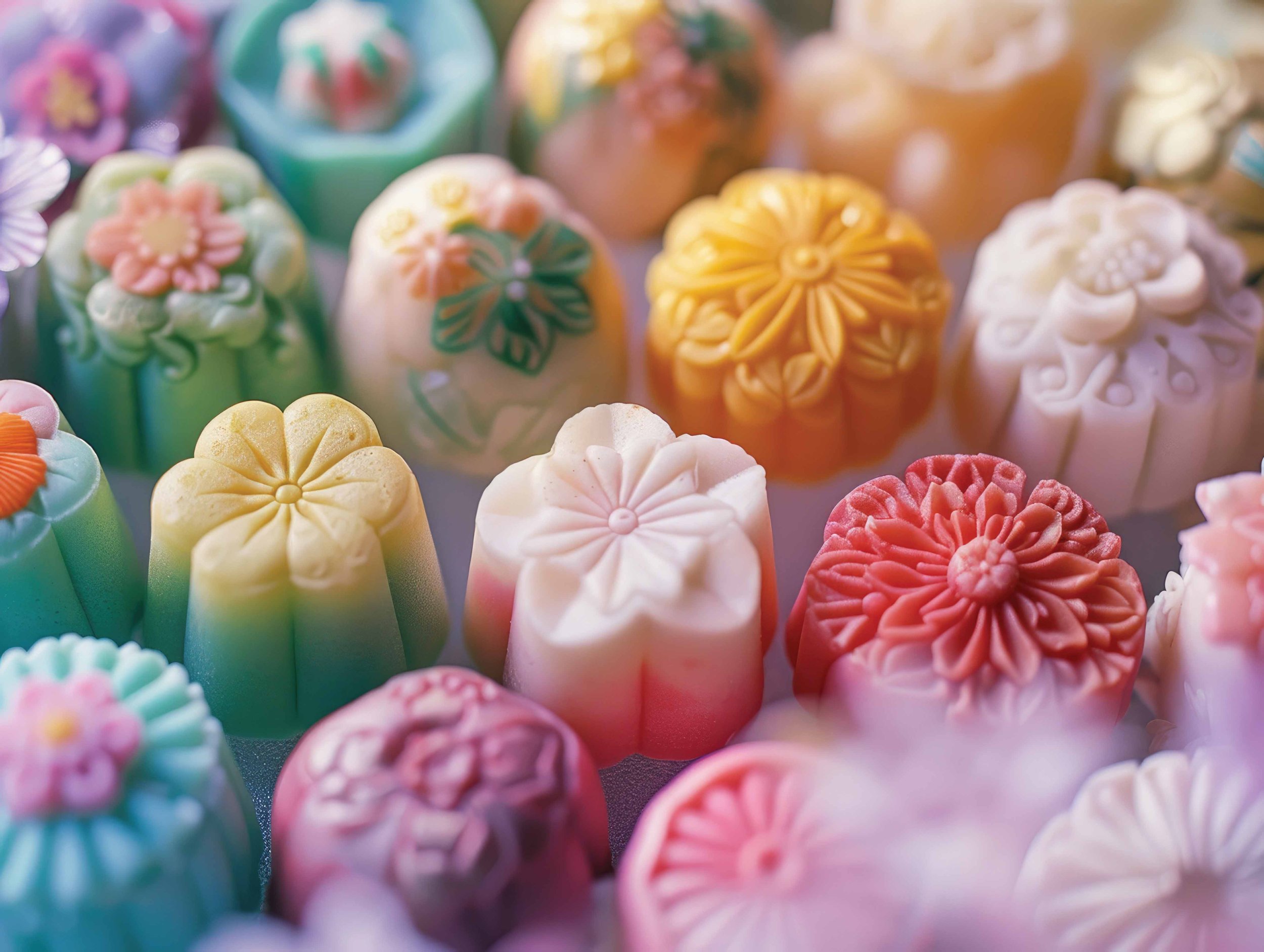
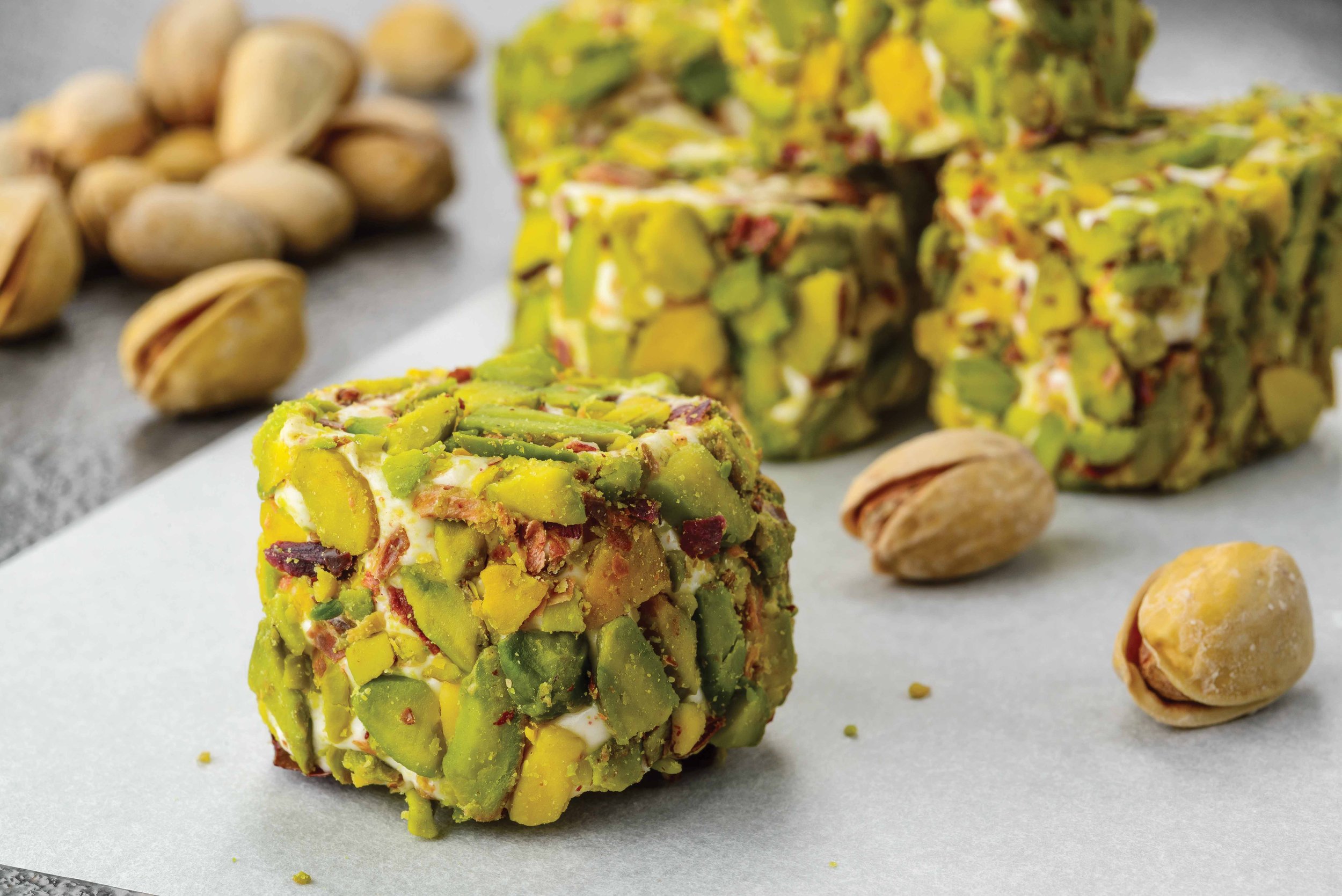
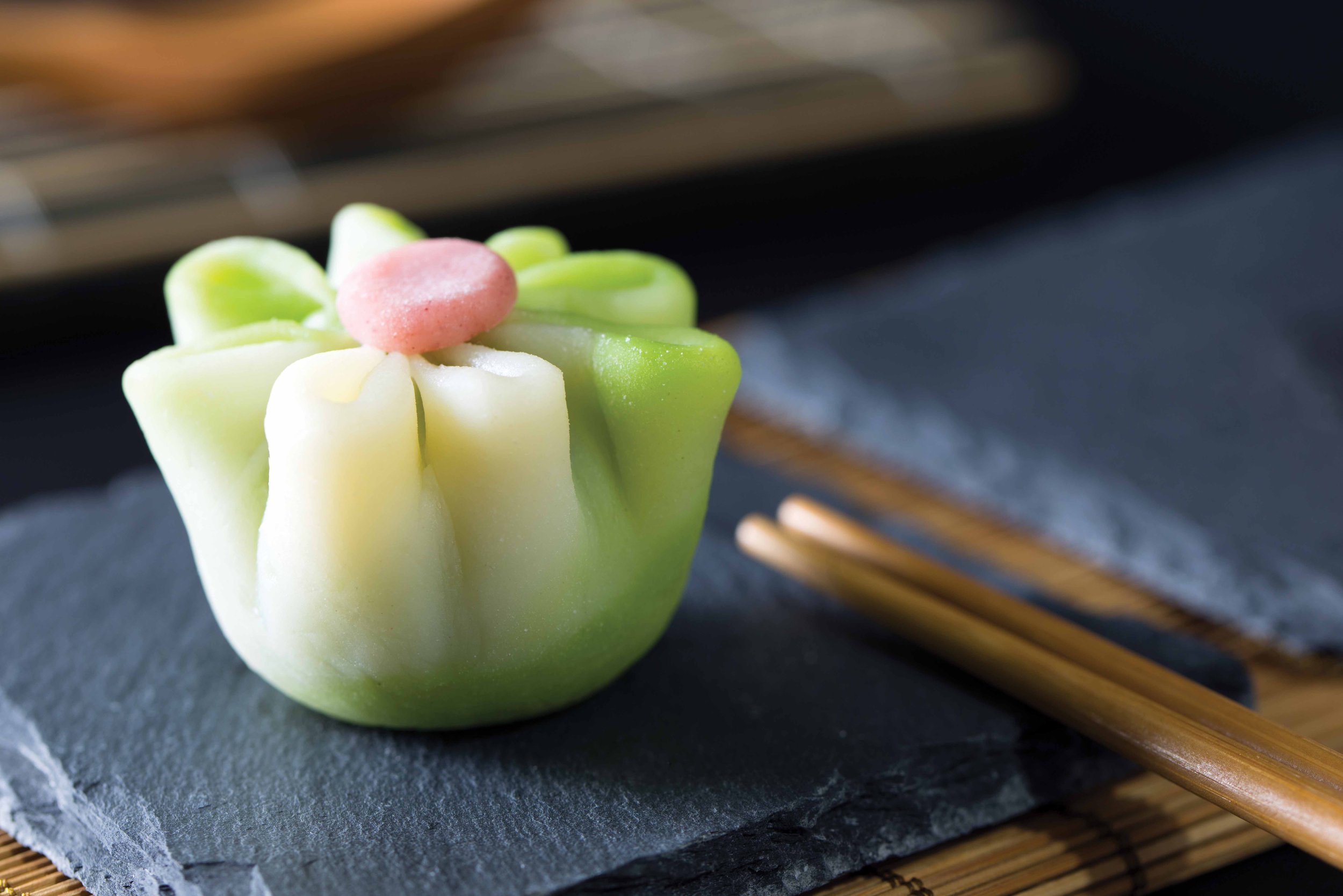
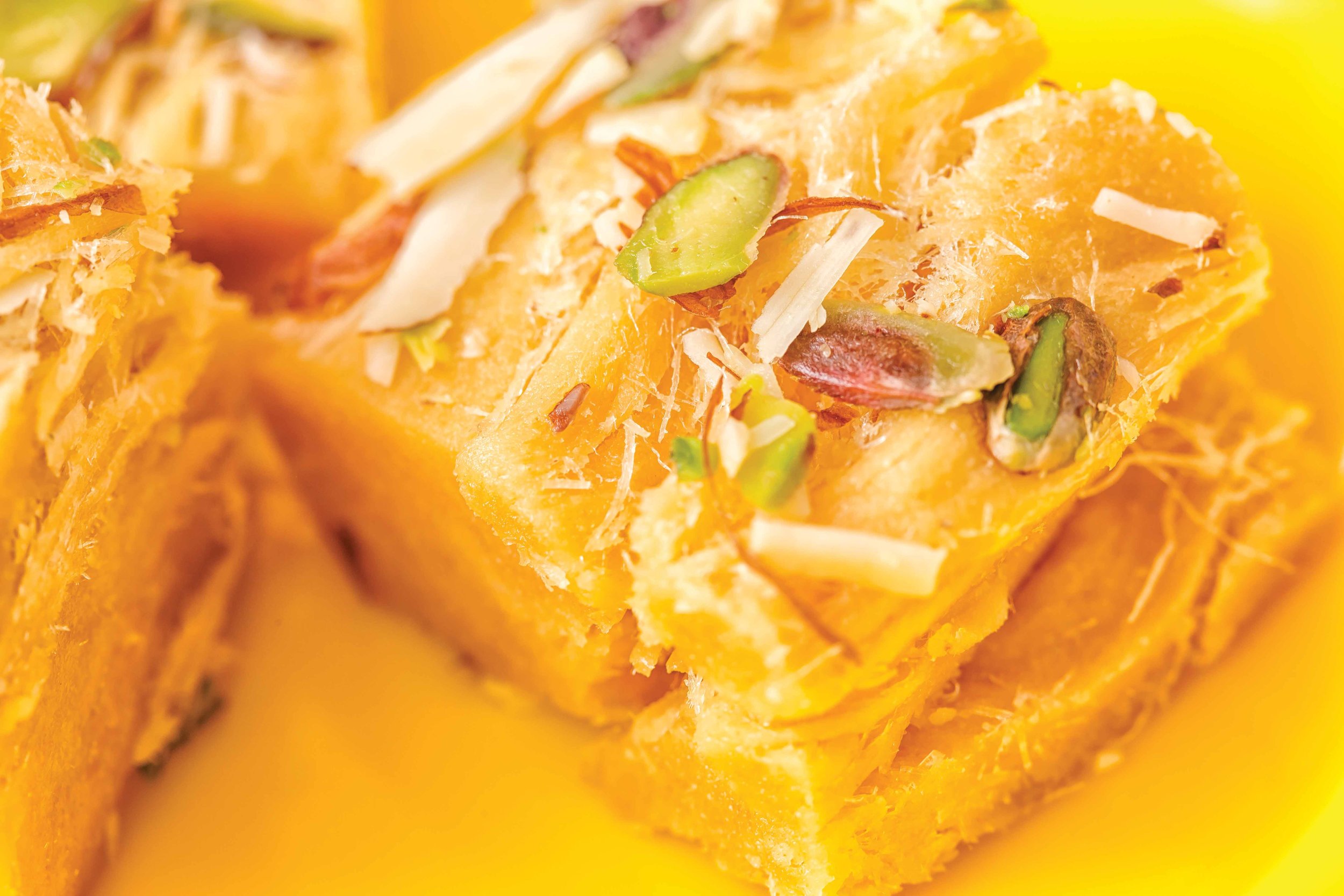
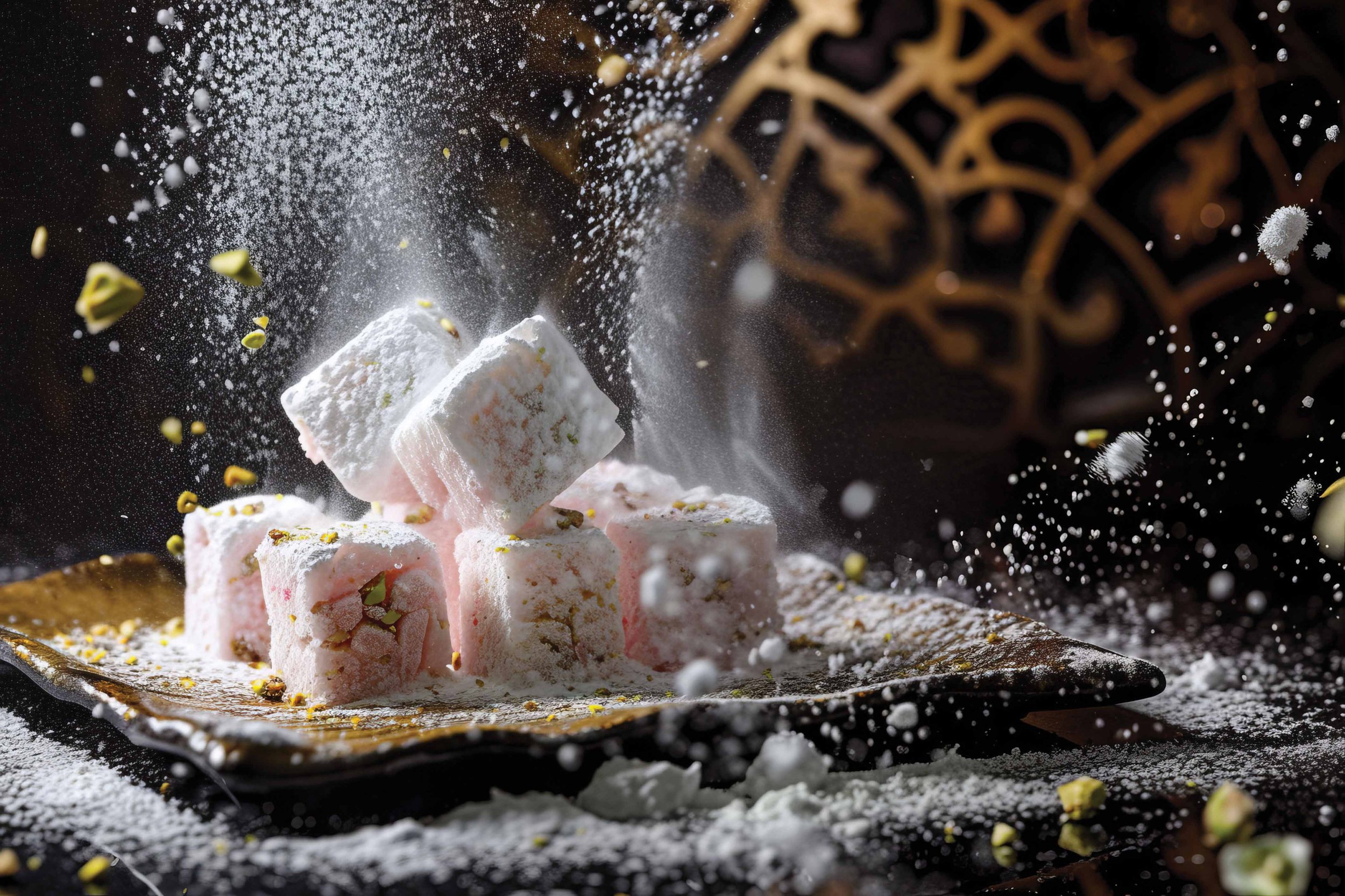
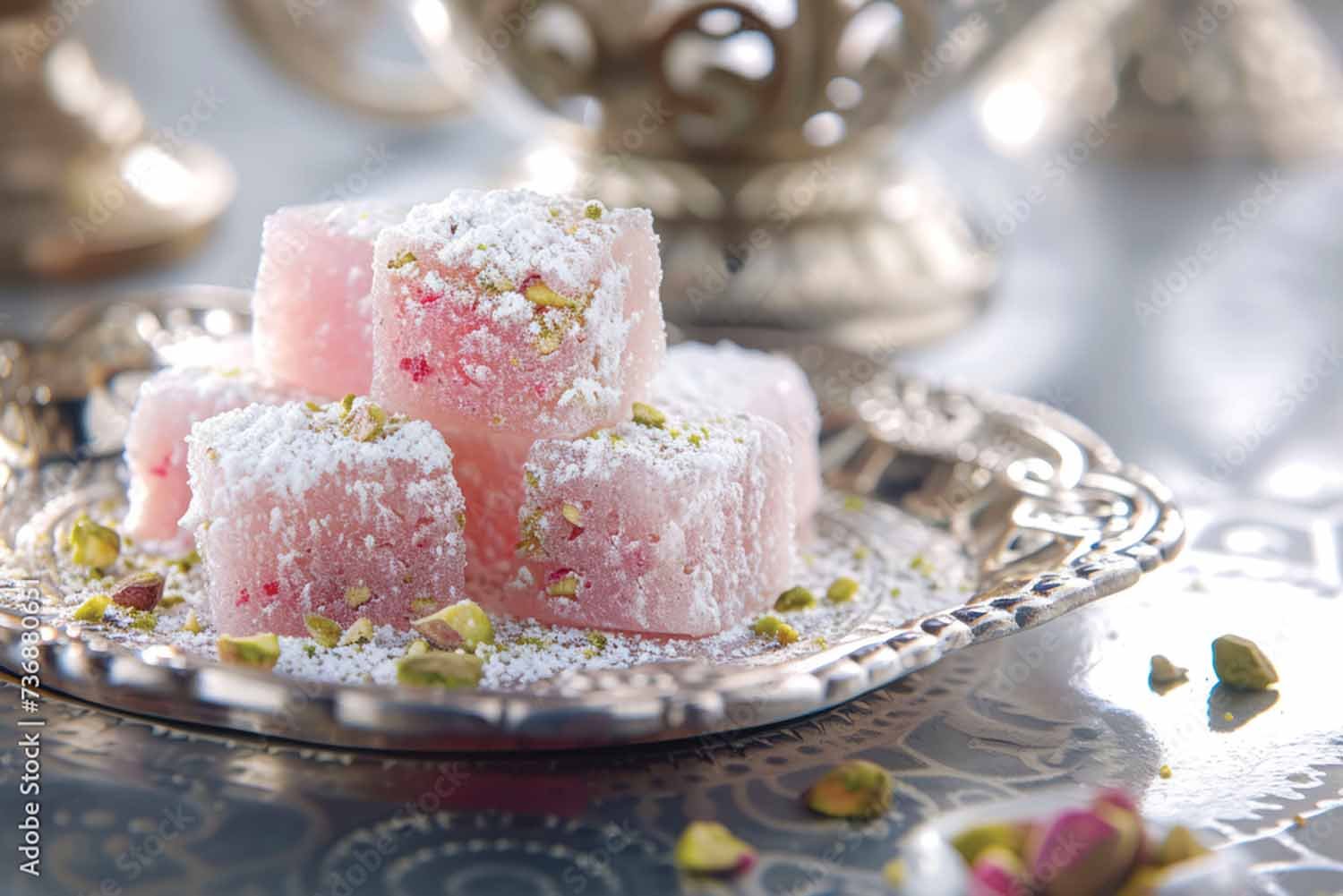
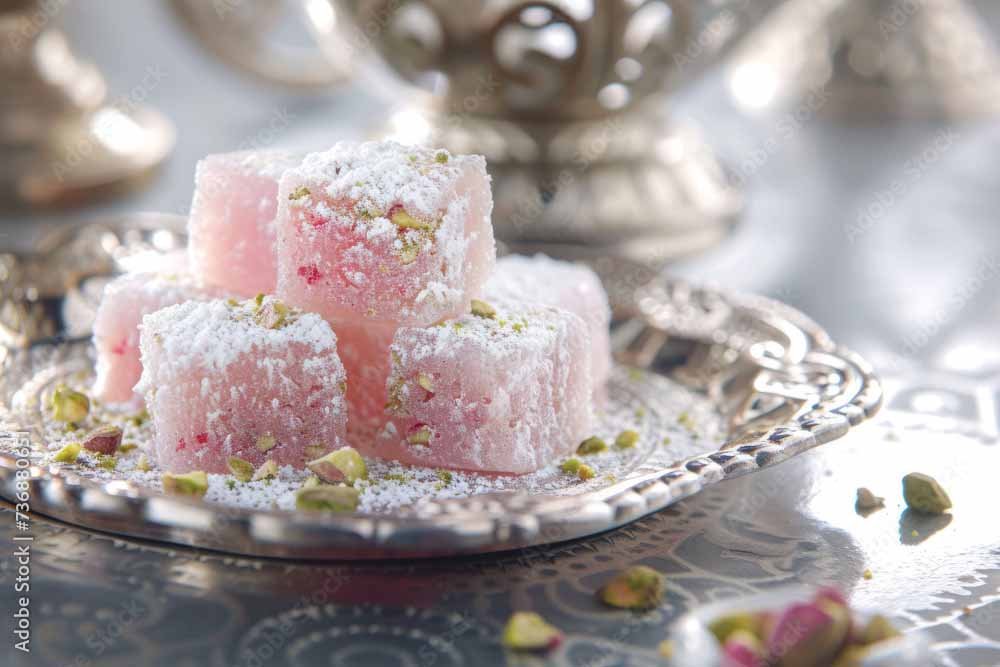
With all the buzz around microdosing — from mushrooms to Ozempic — why not consider a microdose of a sweet treat? Not concurrently, of course — what would be the point? Part of the allure of a sweet treat is the anticipation of craving a delicious moment. So before your semaglutide suppresses your cravings, here are a few microdose-sized sweet treats to savor if you want to think outside the traditional candy box.
Turkish delights, or lokum, are jewel-like confections infused with rosewater, pomegranate, quince or jasmine syrup. These soft, chewy squares, a legacy of the Ottoman Empire, are often enhanced with finely chopped pistachios, dried fruits or even rose petals. A perfectly made Turkish delight should feel like a whisper of perfume on your tongue — a gentle, fragrant sweetness that lingers. Serve a selection of Turkish delights dusted with dark pink rose petals, brilliant green chopped pistachios and black sesame seeds on a tray — the contrasting jewel-colored squares look impressive side-by-side and hint at the floral scents and flavors to come. Traditionally served as a welcome with coffee or tea, it’s also a nice, non-traditional alternative to dessert at the end of a meal.
Wagashi are finely crafted Japanese confections and like Turkish delights can trace their origins back more than a millennia. Most commonly made from rice flour and white beans, wagashi is traditionally served during Japanese tea ceremony — a microdose of sweetness to balance the bitterness of matcha (green tea powder).
The evolution of wagashi spans centuries. Early forms featured ground nuts, while later innovations during the Edo period introduced sugarcane from Okinawa, leading to today’s styles. Artisanal makers craft wagashi to celebrate the seasons, shaping them into delicate cherry blossoms, autumn leaves or translucent jellies resembling glass art. Some wagashi, made with agar agar (a gelatinous seaweed), glisten like edible jewels that could rival a Dale Chihuly glass sculpture. Fujiya Hawai‘i, a local Japanese mochi and confectionery shop in McCully offers seasonal flavors and a variety of Hawai‘i-style wagashi. One of its most popular items is a Lychee Bite — tender mochi wrapped around a lychee.
Often referred to as “Indian cotton candy” soan papdi is an airy, melt-in-your-mouth, Indian treat made with chickpea flour, cardamon, ghee and sugar. Chickpea roux and sugar (cooked to a semi-soft candy stage) are combined and then stretched and twisted into impossibly thin strands. The ultra-fine strands are then shaped into flaky, light mounds or rolls that are glazed with honey and nuts. Soan papdi is both addictive and deceptive — it’s easy to justify “just one more, it’s so light,” and you’ve soon consumed a dozen. Soan papdi can be found at both India Market and Spice Indian Mart in Honolulu.
In a world that often defaults to the familiar, exploring sweet traditions from across the globe can be a microdose of joy and wonder, albeit sans mushrooms.
